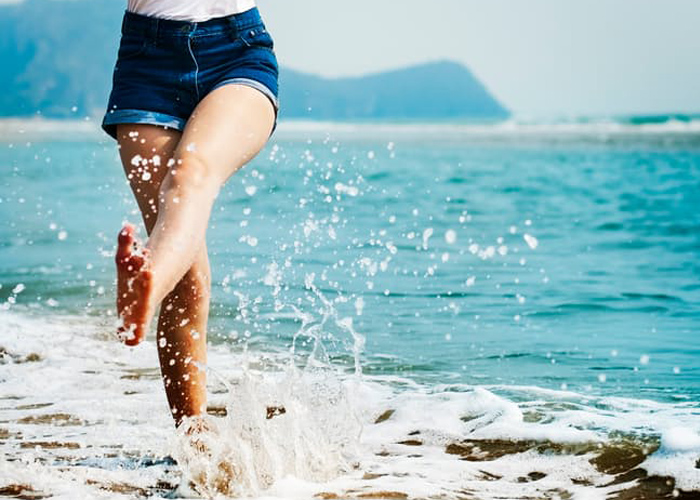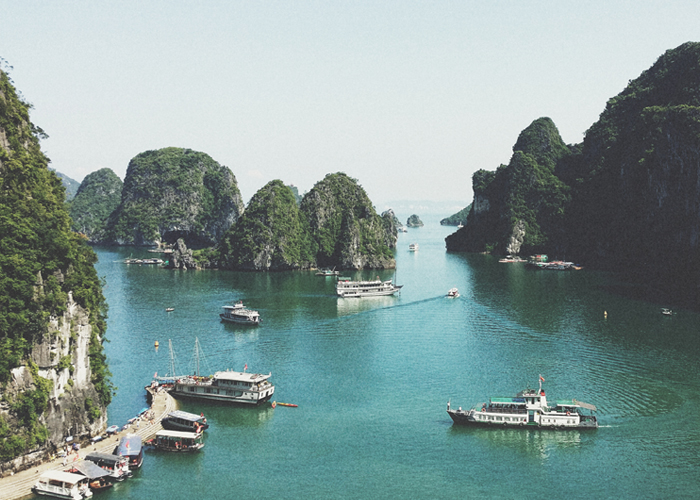 Travel to Indochina on this group tour of Vietnam & Cambodia seeing the highlights while also immersing yourself in the regional cultures to further enrich your journey. Walk the maze of streets in Hanoi’s Old Quarter before hopping on a pedalled rickshaw, cruise the stunning scenery of Halong Bay on an overnight boat trip, travel to Central Vietnam to explore the cities of Hue & Hoi An, take walking tours, dine on traditional cuisine and meet the people who call this place home. Explore Saigon’s bustle and then head to the Mekong Delta to dive deep into the countryside, the pulse of the Vietnamese. Travel to Cambodia and explore the fascinating temples of Angkor. Complete with English speaking guides, many meals, and much more!
Travel to Indochina on this group tour of Vietnam & Cambodia seeing the highlights while also immersing yourself in the regional cultures to further enrich your journey. Walk the maze of streets in Hanoi’s Old Quarter before hopping on a pedalled rickshaw, cruise the stunning scenery of Halong Bay on an overnight boat trip, travel to Central Vietnam to explore the cities of Hue & Hoi An, take walking tours, dine on traditional cuisine and meet the people who call this place home. Explore Saigon’s bustle and then head to the Mekong Delta to dive deep into the countryside, the pulse of the Vietnamese. Travel to Cambodia and explore the fascinating temples of Angkor. Complete with English speaking guides, many meals, and much more!
$2,750
|
Tour Highlights
departures: 16 – 29 October / 20 November – 03December / 04 – 15 Decembercost per person double sharing $2750.00 CAD ( single supplement $995.00 ) |
Tour Includes:Hotel with daily breakfast, overnight cruise on Halong Bay, lunches & dinners as indicated, services of expert English speaking guides, entrance fees to sites listed on the itinerary, group A/C transportation with expert drivers, 3 on-tour flights, and airport transfers.
DAY BY DAY ITINERARY
Upon arrival in Hanoi, you will be met by your local guide in the arrivals area holding a name-board. After a warm welcome & brief introduction, you will be transferred to your hotel for check-in. The remainder of the day is at your leisure. Stay two nights in Hanoi.
- Overnight in Hanoi
Day 2 – Hanoi
Enjoy breakfast at the hotel and at the appointed time you will be met by your guide in the hotel lobby to start your full day exploring Hanoi’s illustrious history. In the morning, see the imposing marble edifice housing the Ho Chi Minh mausoleum before moving onto his wooden stilt house and the One Pillar Pagoda. You will then explore the first university of Vietnam, the Temple of Literature, which is imbued with the profound philosophies of Confucianism. In the afternoon, experience a culinary and immersive experience as you explore local markets, bustling streets and tempt your palate with stops at food stalls for insight into regional treats. Afterwards, take a pedalled-rickshaw (cyclo) ride around the maze of streets in the Old Quarter. Return to your hotel for the evening at your leisure.
- Overnight in Hanoi
- Meals: Breakfast
Day 3 – Hanoi – Halong Bay
Meet after breakfast and checkout and depart Hanoi passed green rice paddy fields to Halong (approx. 4 hours). Upon your arrival, enjoy a welcome drink and board your sailing junk for your one night cruise of Halong Bay.
- Overnight in Halong Bay
- Meals: Breakfast / Lunch / Dinner
Day 4 – Halong Bay – Hanoi – Hue
Enjoy breakfast on board and the morning cruising through the limestone scenery and emerald waters of the Bay before returning to the wharf area to meet your transportation back to Hanoi and to the airport for your flight to Hue in Central Vietnam.
- Overnight in Hue
- Meals: Breakfast
Day 5 – Hue
After breakfast at the hotel, venture into the countryside to the Imperial Tomb of Khai Dinh, a beautifully elaborate tomb mixing Vietnamese & European styles located on a hillside, an emperor often referred to as a puppet of the French. Afterwards, experience the warmth and hospitality of the Vietnamese on an excursion to gain further insight into the culture and daily life of the locals in Hue. Traditional customs, the way of life, cooking traditions, and Hue’s specialties are just some of the things you will experience. Enjoy a nice local lunch with your host’s family. In the afternoon, visit the Imperial Citadel in the heart of Hue, a vast complex built in the early 19th century. The original walls stretched for 10 km and were surrounded by a wide moat. Today, most of the buildings have been destroyed due to bombing during the Vietnam-American War, but the monuments that remain provide a fascinating glimpse into the court life of the Nguyen Dynasty. Later, visit the Thien Mu Pagoda, just outside of Hue, on the banks of the Perfume River and then enjoy a sunset cruise back to your hotel along the Perfume River.
- Overnight in Hue
- Meals: Breakfast / Lunch
Day 6 – Hue – Hoi An
Drive along the coast and via mountain passes to the town of Hoi An. En route, make a stop at the photogenic village of Lang Co. On arrival in Hoi An, stop at a lantern making workshop and then take guided a walking tour of the old town.
- Overnight in Hoi An
- Meals: Breakfast
Day 7 – Hoi An
Enjoy the full day at your leisure, or join an optional tour.
- Overnight in Hoi An
- Meals: Breakfast
Day 8 – Hoi An – Ho Chi Minh City
Meet at the hotel for transportation to the airport for your flight to Ho Chi Minh City in South Vietnam. On arrival, meet and transfer to the hotel for the rest of the day at your leisure. Optional tours are available.
- Overnight in Ho Chi Minh City
- Meals: Breakfast
Day 9 – Ho Chi Minh City
In the morning you will visit the amazing Cu Chi Tunnels where Vietnamese guerrillas built a labyrinth of narrow tunnels as hideouts during the war. If you wish to venture in the small tunnels, some modified for foreign tourists, you may do so. Return to Ho Chi Minh City in the afternoon for a half-day tour of the city. Highlights include the Reunification Palace (photo stop), the Notre Dame Cathedral, the Central Post Office, the War Remnants Museum, and Cho’lon, the city’s bustling Chinatown.
- Overnight in Ho Chi Minh City
- Meals: Breakfast / Lunch
Day 10 – Ho Chi Minh City & Mekong Delta
Depart for the Mekong Delta. Upon arrival in the town of My Tho, enjoy a boat cruise along the river and take a short walk to a handicraft workshop where products are made from coconut trees. Experience an exciting horse-drawn cart ride to visit a local house where you will enjoy tea and taste home grown fruit. Board a sampan and drift along the narrow, tree-lined canals for further exploration of the Mekong Delta, and after lunch, visit a family-run business making coconut candy before returning to My Tho. On the return trip to Ho Chi Minh City, visit the Vinh Trang Pagoda if time permits. Arrive in the city by late afternoon and have the evening at your leisure.
- Overnight in Ho Chi Minh City
- Meals: Breakfast / Lunch
Day 11 – Ho Chi Minh city – Siem Reap
Meet at the hotel after breakfast and transfer to the airport for your flight to Siem Reap, home to the Temples of Angkor. On arrival, meet and transfer to the hotel for the day at your leisure. This evening, enjoy dinner with a traditional Apsara performance at a local restaurant.
- Overnight in Siem Reap
- Meals: Breakfast / Dinner
Day 12 – Siem Reap
Today you will visit the Angkor archaeological park. Enter Angkor Thom via the Southern Gate and explore the ancient city. Then proceed to visit the ruins at the Bayon Temple, Baphoun Temple, Phimeanakas Temple, the Royal Palace, the Elephant Terrace and the Leper King Terrace. Also today, tour the impressive Ta Prohm Temple, one of the most popular attractions in Angkor as much of the jungle has not been cleared and looks very much as most of the Angkor monuments would have appeared when European explorers first stumbled across them. In the afternoon, visit magnificent Angkor Wat. Explore its extraordinary architecture and then have an opportunity to experience a spectacular sunset over the monuments.
- Overnight in Siem Reap
- Meals: Breakfast
Day 13 – Siem Reap
Visit the graceful 11th century Temple of Shiva, Banteay Srei, with its rarely seen sculpted female deities and then take a boat ride on the Tonle Sap Lake to see the floating villages and rural communities around the lake. Return to the hotel for the late afternoon and evening at your leisure.
- Overnight in Siem Reap
- Meals: Breakfast
Day 14 – Siem Reap – Departure
Enjoy breakfast at the hotel and then meet at the appointed time for your departure transfer to the airport. Checkout is at 12 noon.
- Meals: Breakfast
Contact
Columbus World Travel
P 604-255-7781

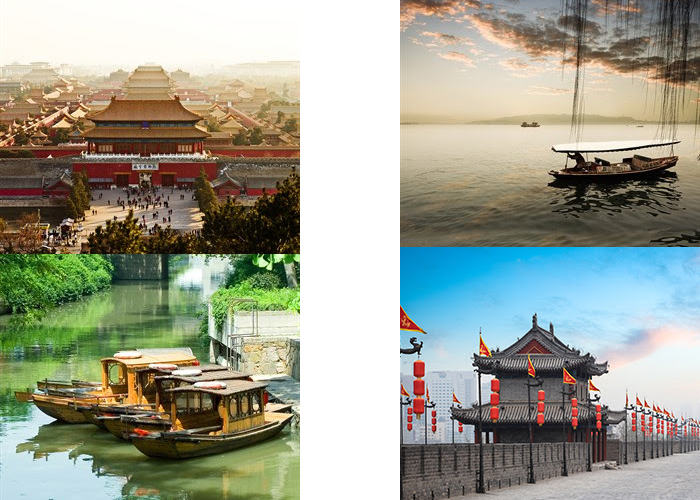
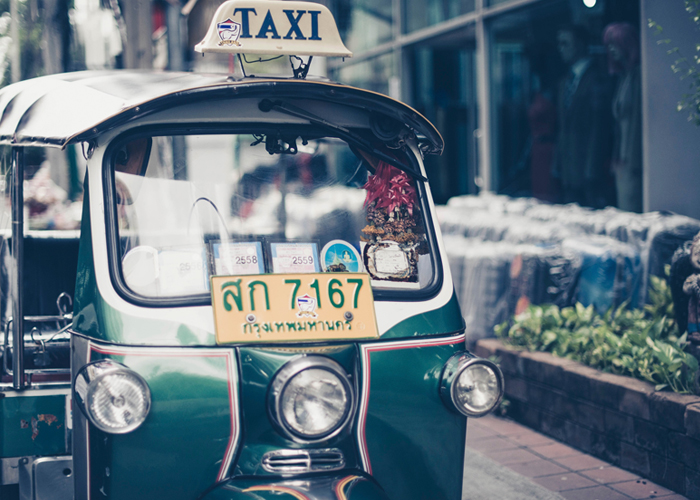
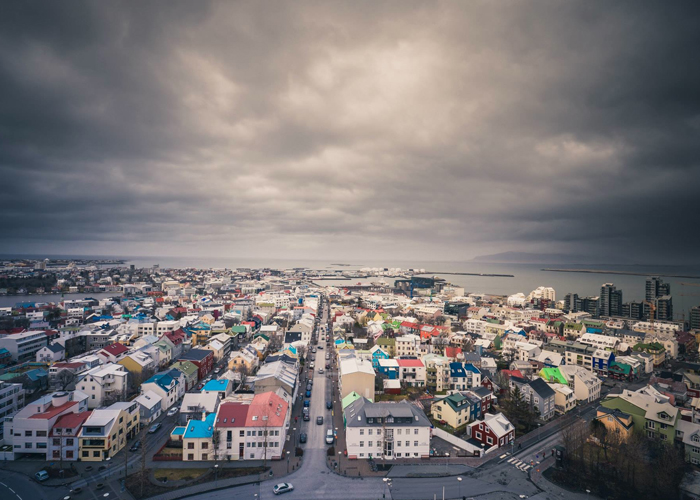 From a vibrant art and music scene to a treasure trove of world renowned cultural and historical attractions, Reykjavík boasts endless opportunities for fun and adventure. But where best to start? Find out in our Must Do List of attractions found in and around Reykjavík.
From a vibrant art and music scene to a treasure trove of world renowned cultural and historical attractions, Reykjavík boasts endless opportunities for fun and adventure. But where best to start? Find out in our Must Do List of attractions found in and around Reykjavík.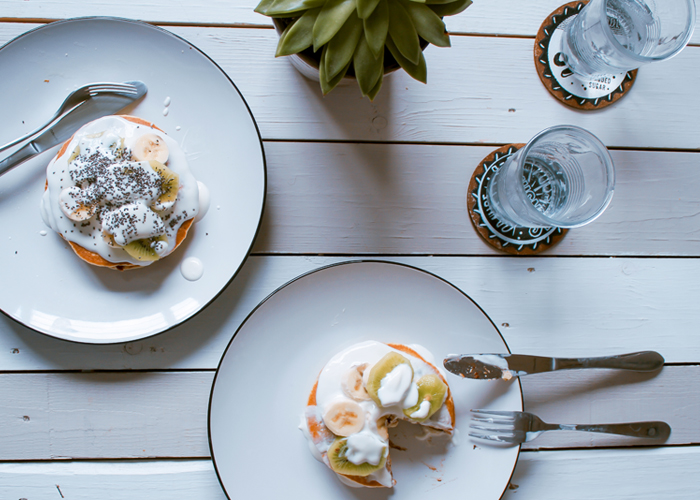
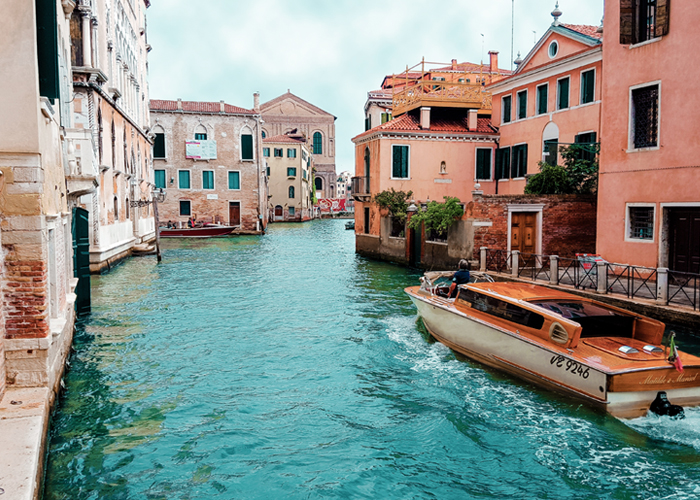 Let Columbus World Travel and Globus send you on a grand adventure with one of our Italy tour. High-end hotels and VIP access to wondrous attractions give you an Italy vacation in style – from the ancient ruins of Rome to the scenic Amalfi Coast. Our Italy tours provide an inspired vacation without the hassle and stress of planning, so you get an Italian vacation unlike anything you could plan on your own. Savor a Parmesan cheese tasting in Parma and balsamic vinegar tasting in Modena, just a couple of the unique experiences on your tour of Italy. Globus tours of Italy are the premier way to experience this European gem.
Let Columbus World Travel and Globus send you on a grand adventure with one of our Italy tour. High-end hotels and VIP access to wondrous attractions give you an Italy vacation in style – from the ancient ruins of Rome to the scenic Amalfi Coast. Our Italy tours provide an inspired vacation without the hassle and stress of planning, so you get an Italian vacation unlike anything you could plan on your own. Savor a Parmesan cheese tasting in Parma and balsamic vinegar tasting in Modena, just a couple of the unique experiences on your tour of Italy. Globus tours of Italy are the premier way to experience this European gem.
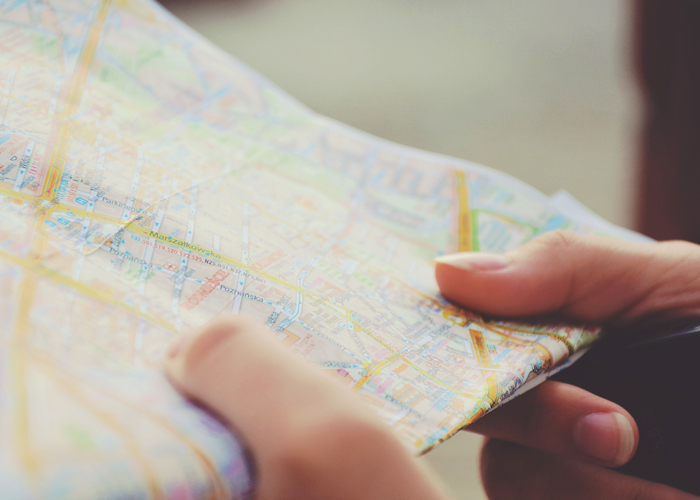
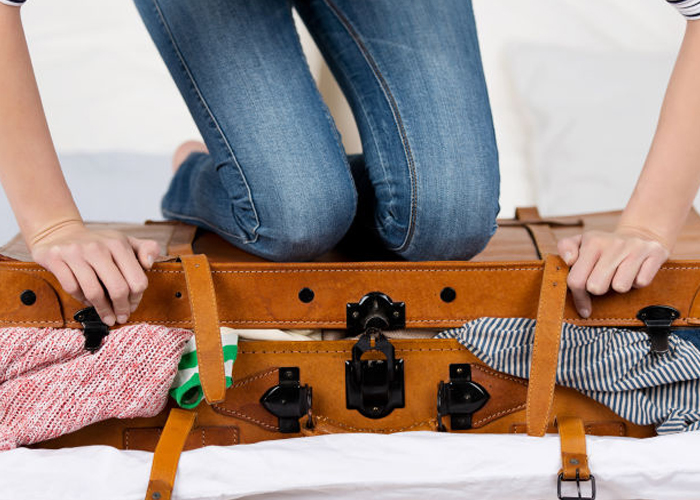 We are starting to think about summer vacations and packing can make even the most seasoned traveler tremble a little. Packing one suitcase doesn’t have to take hours.
We are starting to think about summer vacations and packing can make even the most seasoned traveler tremble a little. Packing one suitcase doesn’t have to take hours.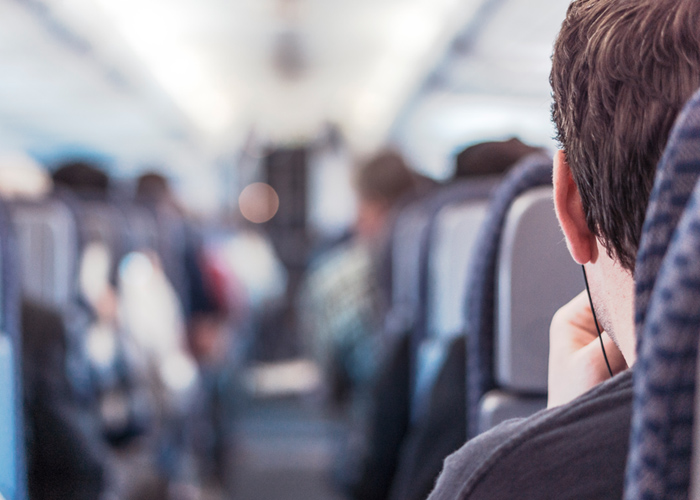 Everyone remembers the thrill and excitement of their first time travel
Everyone remembers the thrill and excitement of their first time travel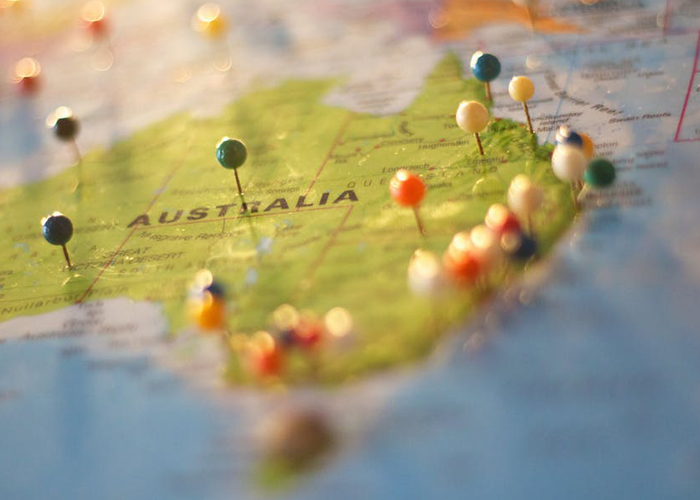 Australia, just saying the name conjures up images and emotions. Located in the Southern Hemisphere, where the toilets swirl backwards and the seasons are the opposite of home, and where you are secretly dreaming of visiting. Even if it is winter there we have some very compelling reasons (excuses?) to finally visit the Land Down Under, even during their “cold” season…
Australia, just saying the name conjures up images and emotions. Located in the Southern Hemisphere, where the toilets swirl backwards and the seasons are the opposite of home, and where you are secretly dreaming of visiting. Even if it is winter there we have some very compelling reasons (excuses?) to finally visit the Land Down Under, even during their “cold” season… How long has it been since you have taken time to explore the majestic
How long has it been since you have taken time to explore the majestic 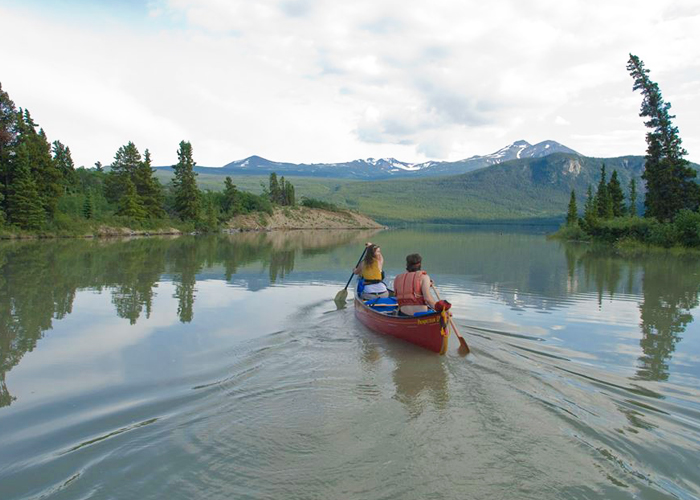 Join Columbus World Travel as we host Anderson Vacations for an informative evening. Be prepared to get bitten by the travel bug and rediscover Canada, this great country that we all call home.
Join Columbus World Travel as we host Anderson Vacations for an informative evening. Be prepared to get bitten by the travel bug and rediscover Canada, this great country that we all call home.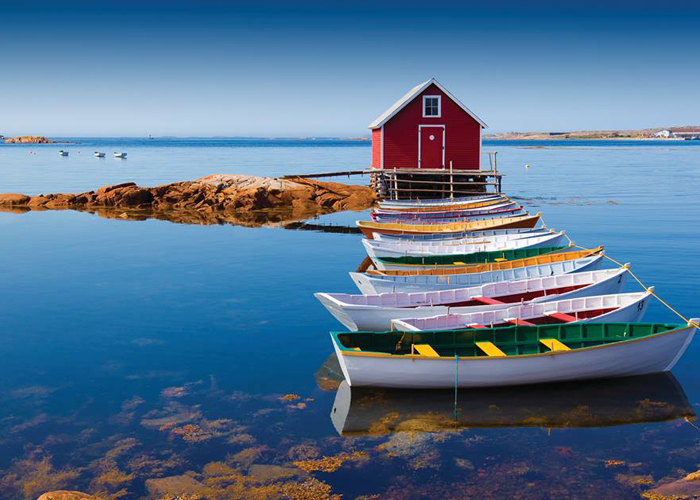
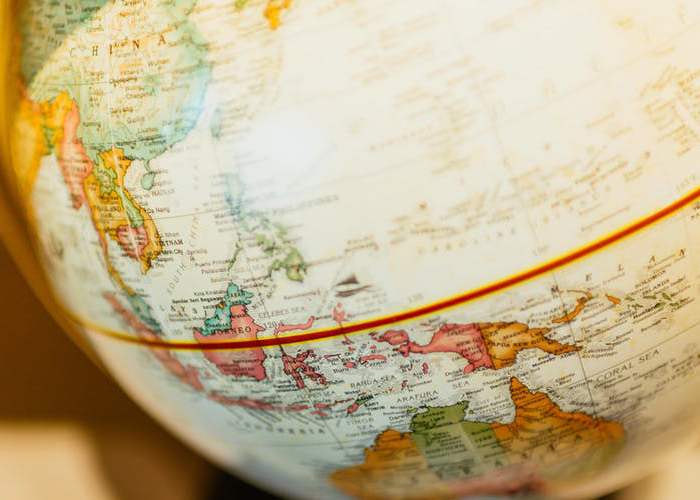
 The blog series continue with part 2.
The blog series continue with part 2. 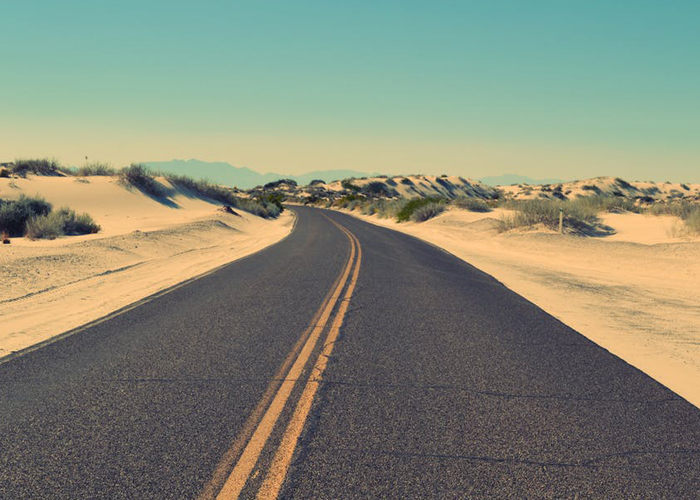 If you were to shape your existence by reading only the more lurid news headlines, you might believe that the world is an increasingly dangerous place. In fact, there are areas of the globe that, defined by war, conflict or tension at the start of this millennium, are now accessible to holiday makers. There are other destinations too which you could not visit 15 years ago, because, officially and legally, they did not exist. Here is an overview of countries, regions and landscapes which have only recently been added to our vacation map.
If you were to shape your existence by reading only the more lurid news headlines, you might believe that the world is an increasingly dangerous place. In fact, there are areas of the globe that, defined by war, conflict or tension at the start of this millennium, are now accessible to holiday makers. There are other destinations too which you could not visit 15 years ago, because, officially and legally, they did not exist. Here is an overview of countries, regions and landscapes which have only recently been added to our vacation map.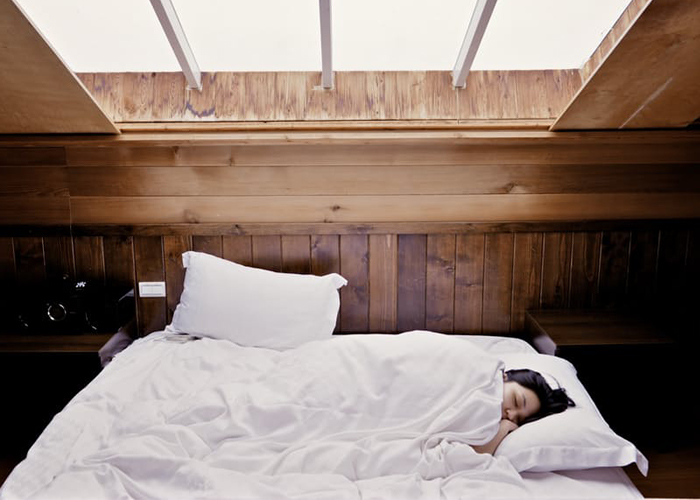 Tips to Help You Sleep on Flights and Arrive Better Rested
Tips to Help You Sleep on Flights and Arrive Better Rested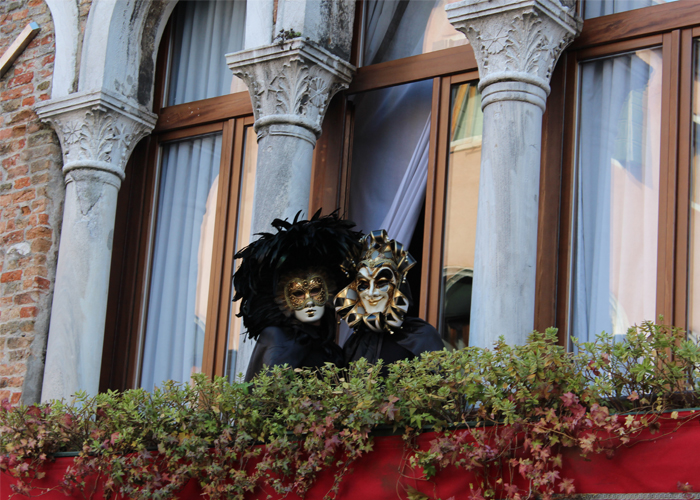 Carnivale has just come to an end in one of the most beautiful cities of the world. Were you there to experience it first-hand like I was? If you weren’t, that’s OK! I’ve documented my experience and gathered together a list of useful tips that you can use for next year’s Carnivale! Or better yet, join me as I escort another small group in February 2018.
Carnivale has just come to an end in one of the most beautiful cities of the world. Were you there to experience it first-hand like I was? If you weren’t, that’s OK! I’ve documented my experience and gathered together a list of useful tips that you can use for next year’s Carnivale! Or better yet, join me as I escort another small group in February 2018.